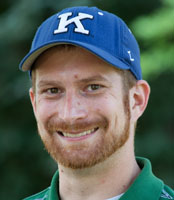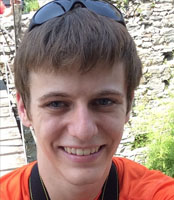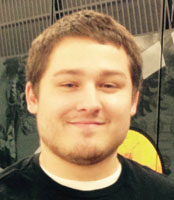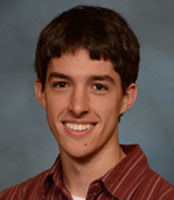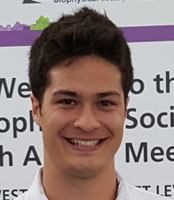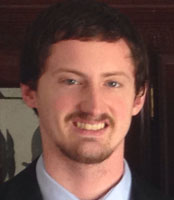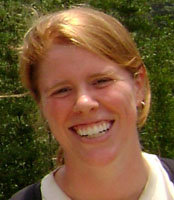New Frontiers Initiative (NFI) and Blue Waters (BW) Graduate Fellowship Programs
| 2016-2017 Blue Waters Graduate FellowsTen outstanding computational science PhD students from across the country have been selected to receive Blue Waters Graduate Fellowships for 2016-2017. The fellowship program, now in its third year, provides substantial support and the opportunity to leverage the petascale power of National Center for Supercomputing Applications (NCSA) at the University of Illinois's Blue Waters supercomputer to advance their research. The awards are made to outstanding PhD graduate students who have decided to incorporate high performance computing and data analysis into their research.
|
Skip to Content


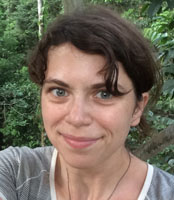
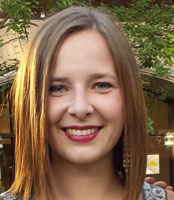
 August Guang, Brown University,
August Guang, Brown University, 